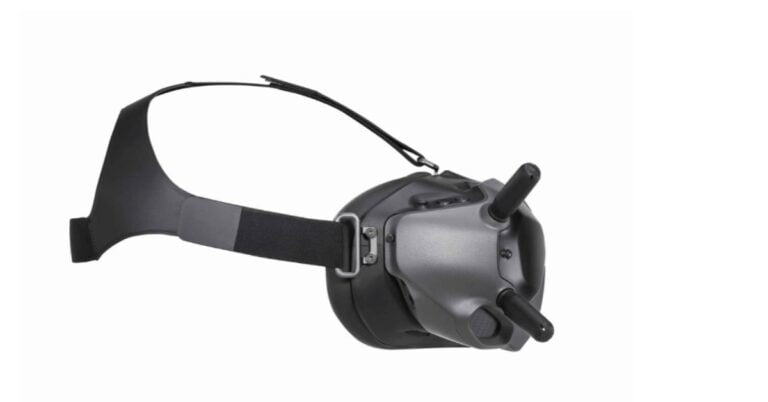What is a VTOL Drone? & How They Work and Why They’re So Cool (2023)
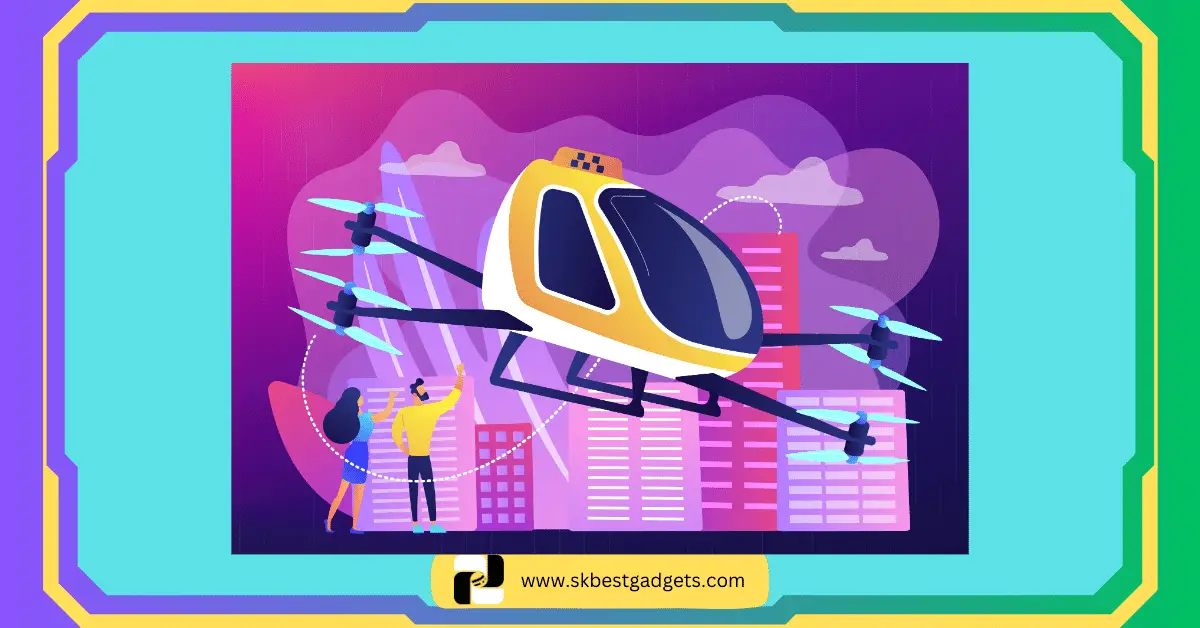
Vertical takeoff and landing (VTOL) drones are a type of unmanned aerial vehicle (UAV) that can take off and land vertically. This makes them more versatile than traditional UAVs, which need a runway or other flat surface to take off and land.
VTOL drones are used in a variety of applications, including aerial photography, surveying, inspection, and delivery.
In this article, I will tell you what is a VTOL drone. I will discuss the key differences between VTOL and UAV, the benefits of VTOL drones, and their various applications.
I will also take a look at the latest advancements in VTOL drone technology and explore the potential future of this exciting technology.
So if you are interested in learning more about VTOL drones, then read on!
Key Takeaways
- VTOL drones can take off and land vertically.
- VTOL drones are more versatile than traditional UAVs.
- VTOL drones offer precise control during takeoff and landing.
- VTOL drones can carry payloads vertically.
- VTOL drones often have longer endurance than traditional quadcopters.
- VTOL drones are more efficient than traditional quadcopters.
- VTOL drones are used in a variety of applications.
- VTOL drones are the future of transportation.
- VTOL drones are still in their nascent stages.
- VTOL drones offer advantages and disadvantages.
What is a VTOL drone & What is the difference between VTOL and UAV?
VTOL stands for Vertical Takeoff and Landing, while UAV stands for Unmanned Aerial Vehicle. So, all VTOLs are UAVs, but not all UAVs are VTOLs.
Basically, a VTOL can take off, hover, and land vertically. This is because it has multiple rotors or fans that provide lift. VTOLs are often used in urban areas or other confined spaces where it is difficult or impossible to use a runway.
A UAV is any aircraft that is operated without a human pilot on board. UAVs can be controlled remotely or autonomously. VTOL drones are used for a variety of purposes, such as aerial photography, surveillance, and delivery.
Some common types of UAVs include:
- Quadcopters: These UAVs have four rotors that provide lift. They are the most common type of UAV and are used for a variety of purposes.
- Fixed-wing drones: These UAVs have wings that provide lift. They are typically faster and have a longer range than quadcopters, but they require more space to take off and land.
- VTOL UAVs: These UAVs combine the features of quadcopters and fixed-wing drones. They can take off and land vertically like a quadcopter, but they can also fly like a fixed-wing drone.
The choice of which type of UAV to use depends on the specific application. For example, a quadcopter would be a good choice for aerial photography, while a fixed-wing drone would be a better choice for long-range delivery.

So, which is better, a VTOL or a UAV?
It depends on your needs. If you need an aircraft that can take off and land vertically, then a VTOL is the way to go. But if you need an aircraft that is fast and has a long-range, then a UAV is a better choice.
Ultimately, the best way to decide which type of aircraft is right for you is to talk to an expert. They can help you assess your needs and choose the right aircraft for the job.
Here is a table summarizing the key differences between VTOL and UAV:
| Feature | VTOL | UAV |
|---|---|---|
| Takeoff and landing | Vertical | Horizontal or vertical |
| Propulsion | Rotors or fans | Rotors, propellers, or wings |
| Applications | Urban areas, confined spaces | A variety of purposes |
| Examples | Quadcopters, VTOL fixed-wing drones | Quadcopters, fixed-wing drones, VTOL UAVs |
Are drones considered VTOL?
Drones are VTOL aircraft. VTOL stands for Vertical Take-Off and Landing, and that’s exactly what drones can do. They don’t need a runway to take off or land, which makes them super versatile. You can use them in small spaces or in areas where there’s no runway available.
There are many different types of VTOL aircraft, but drones are the most common. They have four rotors that provide lift and propulsion, which is why they’re also called quadcopters. Quadcopters are often used for photography, videography, and racing.
Other types of VTOL drones include fixed-wing drones and hybrid drones. Fixed-wing drones have wings that provide lift, so they can fly much faster than quadcopters.
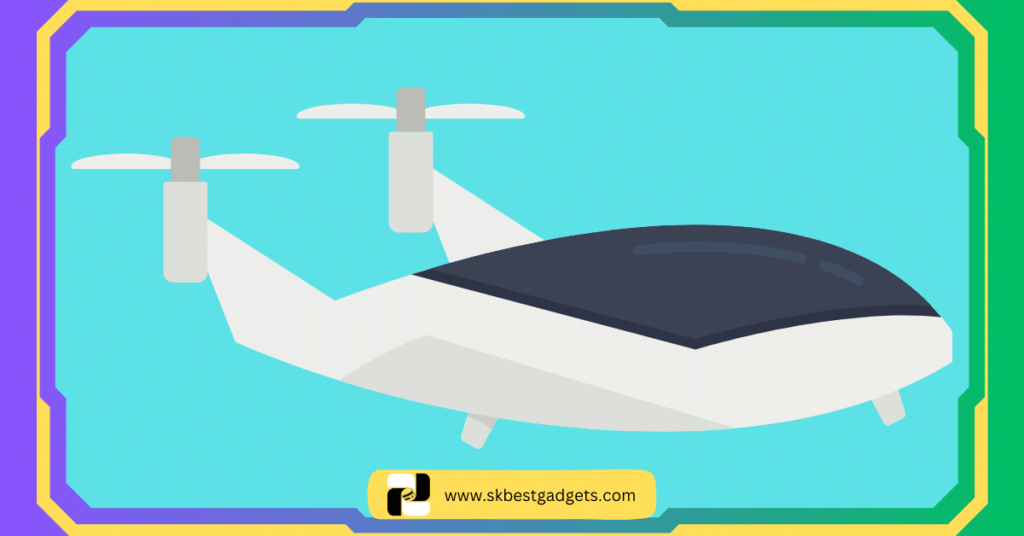
Hybrid drones combine the features of fixed-wing drones and quadcopters, so they can take off and land vertically like a quadcopter, but they can also fly like a fixed-wing drone.
So, are drones VTOL aircraft? Absolutely! They’re the most common type of VTOL aircraft, and they’re used for a variety of purposes. If you’re looking for an aircraft that can take off and land vertically, then a drone is a great option.
What are the benefits of VTOL drones?
VTOL drones are the perfect blend of vertical takeoff and landing (VTOL) and fixed-wing aircraft. They offer the versatility of a quadcopter with the efficiency of a plane, making them ideal for a wide range of applications.
Here are some of the key advantages of VTOL drones:
- They can take off and land vertically, so they don’t need a runway or launch/recovery equipment. This makes them perfect for use in urban areas, confined spaces, or remote locations.
- They offer precise control during takeoff and landing, so they can hover in place or navigate tight spaces with ease. This makes them ideal for tasks like aerial inspections or surveillance.
- They can carry payloads vertically, which can be useful for a variety of applications. For example, they can transport medical supplies, sensors, cameras, or other equipment.
- They often have longer endurance than traditional quadcopters because they can transition to forward flight after takeoff. This allows them to cover more ground and accomplish missions that require extended flight times.
- They are more efficient than traditional quadcopters because they can achieve higher speeds and cover longer distances while conserving energy. This can be beneficial for tasks like aerial mapping and surveying.
- They don’t require runways or specialized launch and recovery equipment, which simplifies logistics and reduces operational costs. They can be deployed from a variety of locations, including small areas or even from the operator’s hand.

Overall, VTOL drones are versatile and adaptable tools that can be used for a wide range of applications. If you’re looking for a drone that can do it all, a VTOL drone is the way to go.
How does a VTOL drone work?
VTOL (Vertical Takeoff and Landing) drones are like the cool fusion of traditional airplanes and quadcopter-style drones.
They’ve got this awesome ability to go up and down vertically, just like a helicopter or a quadcopter, but then they switch gears and cruise horizontally, kind of like a regular airplane. Let’s break down how these versatile drones do their thing:
Powerful Props: VTOL drones sport multiple sets of propellers or rotors, usually from two to four or even more. These rotors are the real MVPs, doing double duty to make both vertical and horizontal flight happen.

Up and Away: When it’s time to take off, VTOL drones start with their rotors pointing up, like your trusty quadcopter. This setup gives them the lift they need to soar without needing a runway. They’re all about fitting into tight spaces.
Time to Glide: Once they’re in the air, VTOL drones switch into horizontal mode to cover more ground efficiently. They do this by tilting their rotors horizontally, getting them in line with their forward path. It’s like they turn into regular airplane propellers, pushing them forward.
Stay Steady: VTOL drones rely on fancy flight control systems to stay steady whether they’re going up, down, or cruising around. These systems are always making little adjustments to keep things smooth.
Smart Navigation: These drones are loaded with sensors – GPS, accelerometers, gyroscopes, and sometimes even lidar or computer vision.
All this tech helps them navigate, stay put, and dodge obstacles. Some of the fancy ones can even fly solo, following preset routes or doing what they’re told in real time.
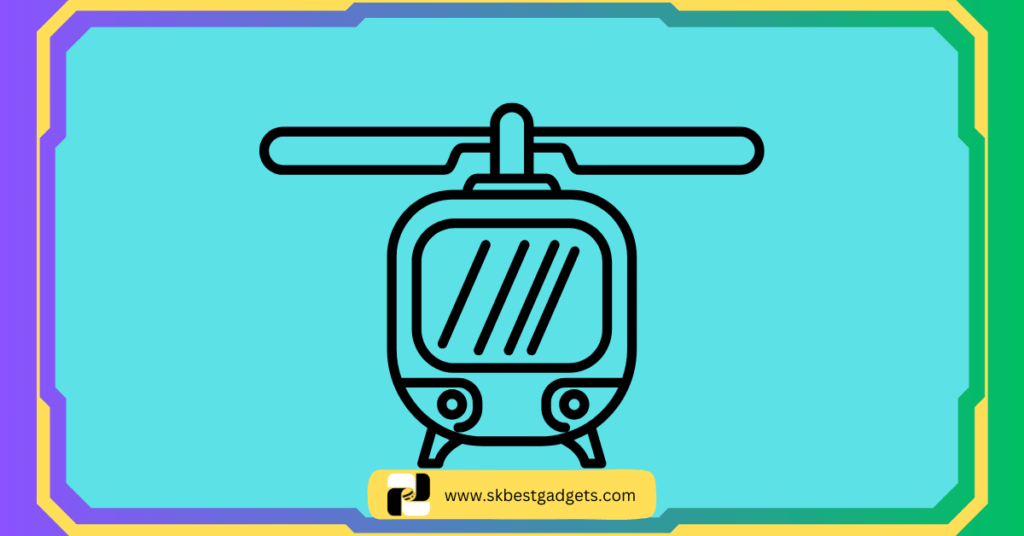
Versatile Missions: VTOL drones are like the Swiss Army knives of the drone world. They can do everything from snapping aerial pics and keeping tabs on things to mapping, delivering cargo, and more.
They usually carry gear like cameras, sensors, and communication stuff to get the job done.
Battery or Fuel: Most VTOL drones run on electric power, though the big, long-haul ones might use gas engines. Keep in mind, that electric ones have a time limit because of their batteries, so plan missions accordingly.
Touchdown: Once their mission’s done, VTOL drones smoothly switch back to vertical mode to land safely. Their rotors point down, gently bringing them back to Earth.
So, in a nutshell, VTOL drones are the best of both worlds – they can lift off and touch down vertically like helicopters, but they can also go the distance with horizontal flight like regular planes.
Their versatility makes them perfect for all sorts of jobs, especially when you need both vertical takeoff and landing and the perks of fixed-wing flight.

What are hybrid VTOL drones and how they are different from other VTOLs?
So, what’s the deal with hybrid VTOL drones, you ask? Well, they’re like the superheroes of the drone world, using not one, but two or more power systems to pull off some pretty cool tricks – vertical take-off and landing (VTOL) and cruising through the air.
Let’s break it down in simple terms:
Tiltrotor: Imagine a drone with rotors that can twist and turn. It can lift off and land straight up like a helicopter and then zip through the sky like an airplane. Pretty nifty, right?
Tail-sitter: This one’s a bit different. It’s got its rotors in the back, so it takes off and lands vertically with its rotors pointing down. When it’s in airplane mode, those rotors tilt forward to push it ahead.
Multirotor: The name says it all. Multiple rotors do the heavy lifting here. It can go up and down vertically like a champ, but it’s not as speedy in forward flight compared to the others.
Now, why are these hybrid VTOL drones so cool? Well, they’ve got some serious perks. They can stay in the air longer because they switch to a more efficient fixed-wing setup when they’re cruising.
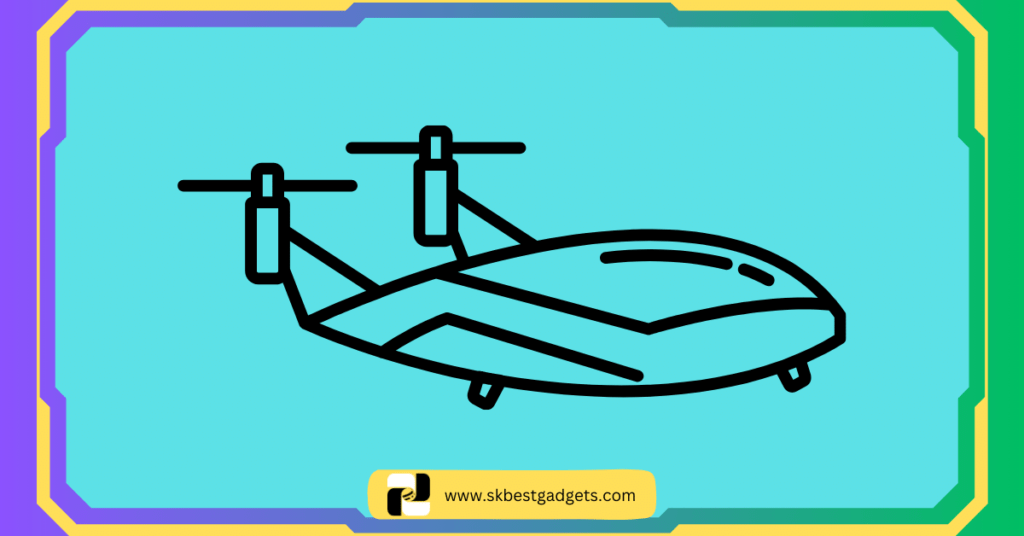
Plus, they’re like the zen masters of forward flight – super stable, even when there’s a breeze. And here’s the kicker: They’re party animals in tight spaces since they don’t need a runway to start or stop.
But, and there’s always a “but,” they’re a bit fancy and pricey compared to regular VTOL drones. They also need some high-tech brainpower to switch between flying modes.
So, what makes them special? Well, it’s all about that power combo – using different systems to nail VTOL and forward flight. It’s like getting the best of both worlds – the endurance and stability of planes and the nimbleness of helicopters.
Keep your eyes on these hybrid VTOL drones. They might just change the game in search and rescue, spying missions, and speedy deliveries.
In what applications are VTOL drones commonly utilized?
VTOL drones are like the Swiss Army knives of the sky, and they’ve got a whole bunch of tricks up their propellers. Check out the cool stuff they’re into:
Aerial Paparazzi: They’re the go-to choice for snapping pics and shooting videos from way up high. Buildings, landscapes, epic events – you name it, they’ve got it covered. They’re even the secret weapon of real estate agents, giving potential buyers a fancy bird’s-eye view of properties.
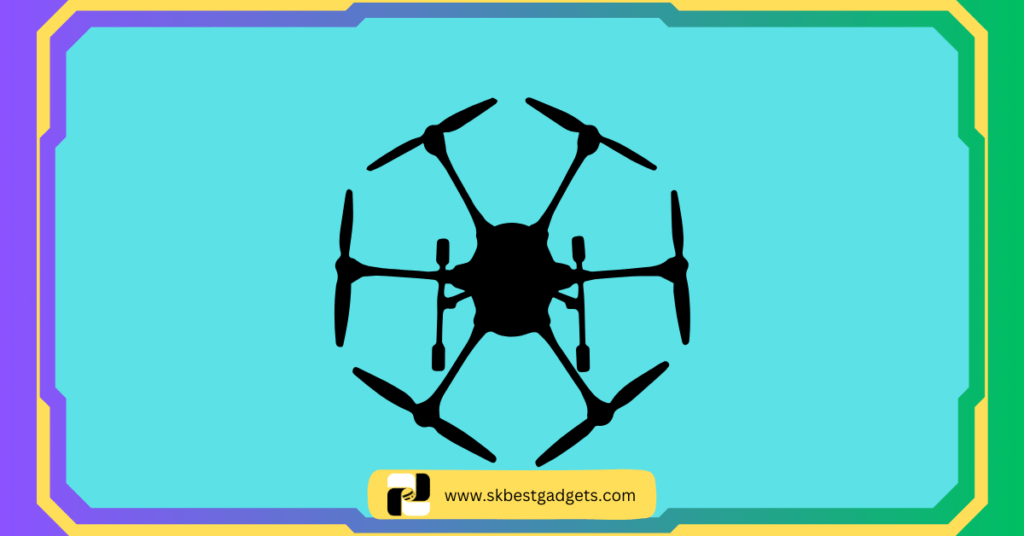
Mapping Masters: VTOL drones are the cartographers of the drone world. They can whip up super-accurate maps of all kinds of places, from lush forests to towering mountains and bustling cities.
They’re also into 3D modeling, which is like digital playdough for city planners, disaster responders, and history buffs.
Inspectors Gadget: Bridges, power lines, and oil pipelines – VTOL drones can give them the once-over and spot trouble before it gets messy. They’re also the fearless inspectors of industrial hotspots, making sure everything’s safe and sound.
Airborne Couriers: VTOL drones are gearing up to become delivery heroes. They’re all about bringing goods to far-off spots, even when the path is bumpy. Medical supplies and emergency gear? They’ve got your back.
Search and Rescue Pros: When someone’s lost in a tricky spot, VTOL drones come to the rescue. They’re like high-tech search hounds, scouting out tough terrain and beaming back real-time updates.

Security Spies: Security is their game. They’re on border patrol, guarding important stuff, and keeping an eye on the bad guys.
Sky Showtime: And hey, it’s not all work and no play. VTOL drones are making a splash in the entertainment world. Racing, photography, and making epic videos – they’ve got that covered too.
Why are they so awesome? Well, they can take off and land straight up, which is a lifesaver in tight spaces. Plus, they’re steady as a rock, so they’re safer to fly. Oh, and they can haul some serious cargo, which makes them super versatile.
As VTOL drone tech keeps evolving, you can bet they’ll be popping up in even more cool places and doing even cooler things. Stay tuned for more high-flying adventures!
What advantages do VTOL drones offer over other drone types?
VTOL drones, aka those Vertical Take-Off and Landing cool cats, come packing a bunch of perks that’ll make your head spin:
Flexibility Freaks: These drones are like the gymnasts of the sky – they can take off and touch down straight up. No need for long runways. That means they’re the go-to choice for tight spots like cityscapes, indoor adventures, or even hopping onto ships.
Safety First: Since VTOL drones don’t need a ton of runway, they’re all about reducing the risk of runway mishaps. That’s a big deal, especially when you’re buzzing around crowded places or flying close to people and property.
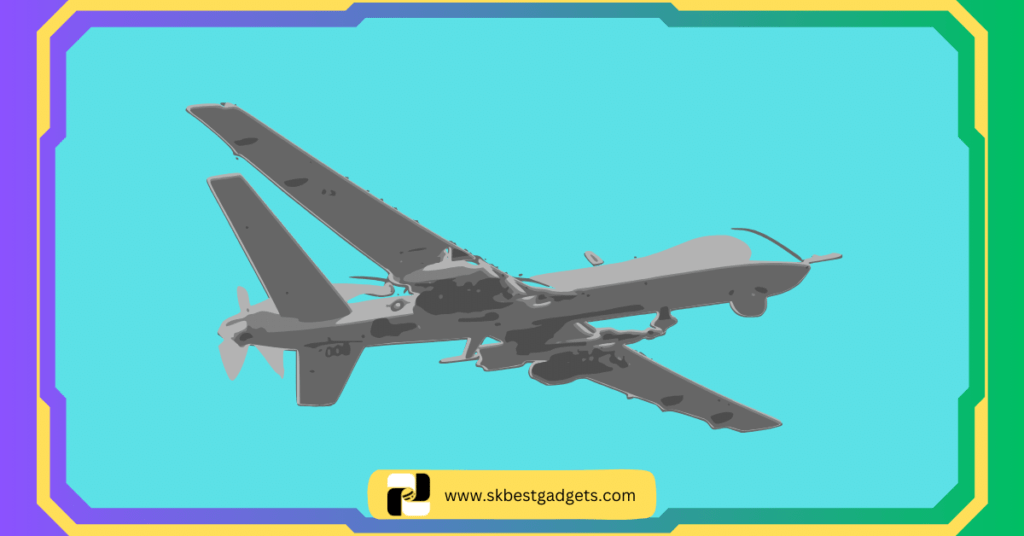
Reliability Masters: Even when Mother Nature throws a tantrum with strong winds or uneven ground, VTOL drones keep their cool. They’re like the Zen masters of drone stability, perfect for those precision missions.
Jack of All Trades: These drones wear many hats. Aerial photography? Check. Surveying? Check. Mapping, inspections, and even deliveries? You betcha. They’re the Swiss Army knives of the drone world.
Efficiency Gurus: VTOL drones can hang in one spot, which is like having an aerial pause button. That’s gold for jobs that need pinpoint control and stability, saving time and money without the constant drone shuffle.
Budget-Friendly Buddies: Unlike some high-maintenance aircraft, VTOL drones won’t break the bank. They don’t demand fancy infrastructure or tons of ground support, making them wallet-friendly for businesses on a budget.
Remote Whisperers: When you need eyes and ears in hard-to-reach spots, VTOL drones are your secret weapon. Search and rescue, disaster relief – they’ve got your back, no matter where you need them.
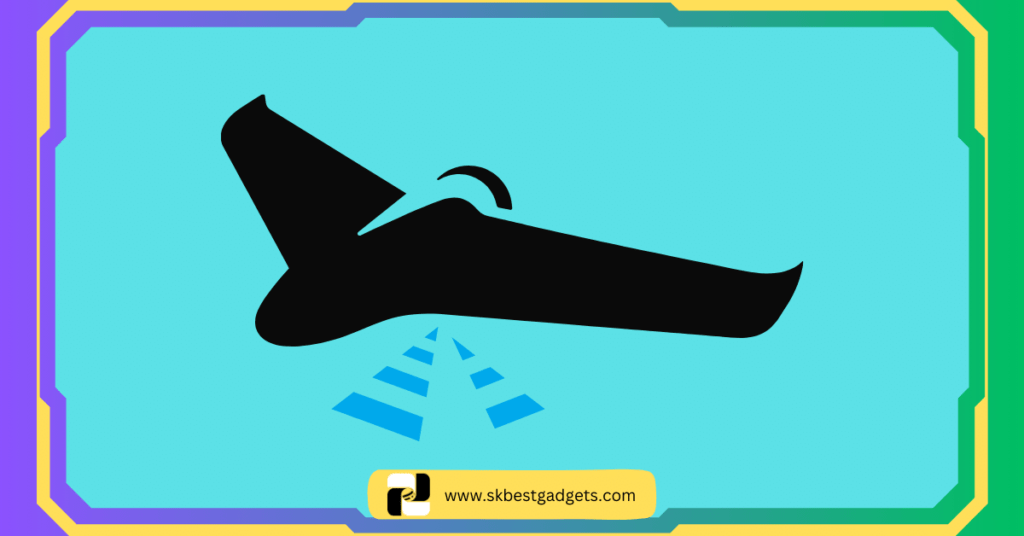
Bottom line? VTOL drones are the all-around champs of the drone game. They’re flexible, safe, reliable, versatile, efficient, and budget-friendly. No wonder they’re taking over the skies for all kinds of missions.
What are some drawbacks or disadvantages associated with VTOL drones?
VTOL (Vertical Take-Off and Landing) drones are the new cool kids on the block, but like anything, they’ve got their ups and downs:
Endurance Enigma: VTOL drones are like the sprinters of the drone world – they’ve got a shorter endurance compared to fixed-wing drones. Why? Well, they need more juice to handle both lifting off and cruising. Fixed-wing aircraft have it easier – they just need to thrust forward.
Design Dazzle: These drones are the brainiacs of the drone universe. Their design and manufacturing are a bit more complicated since they’re playing the field with both rotary and fixed-wing flight systems. That can mean a bit more cash upfront and some extra TLC in maintenance.
Wind Woes: When the wind gets feisty, VTOL drones can get a little jittery. They’re not as rock-solid as their fixed-wing cousins when it comes to dealing with turbulence. So, keeping them steady during takeoff and landing can be a bit like a balancing act.

Noisy Neighbors: VTOL drones can be a bit of a racket. All those moving parts mean they’re not the stealthiest flyers around. So, if you’re trying to snap pics of wildlife or keeping things hush-hush in the city, that noise might be a buzzkill.
But here’s the twist – despite these quirks, VTOL drones are stealing the spotlight in the drone world. They’re acing it in aerial photography, surveying, and inspections. And with technology evolving at warp speed, these hiccups are getting smoothed out, making VTOL drones even more versatile and awesome.
What is the current status and potential future developments in VTOL drone technology?
The current status of VTOL drone technology is rapidly evolving, with numerous companies actively involved in the development of eVTOL (electric vertical takeoff and landing) aircraft.
Some of these projects have already entered the testing phase, and the potential future advancements in this technology hold the promise of revolutionizing travel and transportation, both for passengers and cargo.
Key potential future developments in VTOL drone technology encompass several critical aspects:
Improved Battery Technology: A central challenge in eVTOL aircraft development is the need for enhanced battery technology.
Current batteries fall short of providing the necessary power for long-range flights, necessitating significant improvements to make eVTOL aircraft commercially viable.
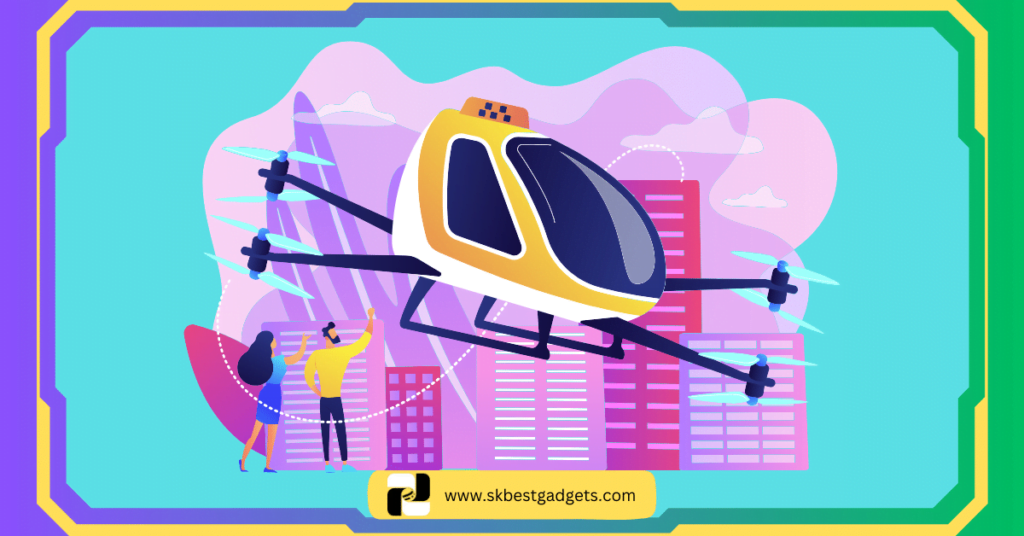
Reduced Noise Levels: Despite their potential, eVTOL aircraft are still relatively noisy, posing a potential obstacle to widespread adoption.
Ongoing efforts are directed toward developing noise reduction technologies to address this issue and make them more environmentally friendly.
Enhanced Safety Features: The safe operation of eVTOL aircraft mandates the incorporation of various safety features, including collision avoidance systems and redundant flight controls, to mitigate risks and ensure passenger safety.
Development of New Applications: As eVTOL technology evolves, its potential applications expand. These aircraft could serve various purposes, including passenger transportation, cargo delivery, and search and rescue missions. Innovative applications are expected to emerge as the technology matures.
The VTOL drone technology market is poised for rapid growth in the coming years. Projections suggest that the global eVTOL aircraft market could reach a substantial value of $23.4 billion by 2035.
This growth will be primarily driven by increasing demand for eVTOL aircraft in passenger transportation, cargo delivery, and various other sectors.

Although the development of VTOL drone technology is still in its nascent stages, the potential benefits it offers are significant. eVTOL aircraft have the potential to transform travel and goods transportation while contributing to the reduction of fossil fuel dependency.
Several companies are actively engaged in the development of eVTOL aircraft, including:
- Joby Aviation
- Archer Aviation
- Vertical Aerospace
- Lilium
- Volocopter
These companies are dedicated to creating eVTOL aircraft that are safe, efficient, and cost-effective. As technological advancements continue, we will likely witness a proliferation of eVTOL aircraft in our skies in the years ahead, reshaping the future of transportation.
Important FAQs
What does VTOL stand for?
How do VTOL drones differ from traditional UAVs?
What are some common applications of VTOL drones?
Are all UAVs considered VTOL drones?
What are some examples of VTOL drones?
Which type of UAV is suitable for long-range delivery?
What are the advantages of using VTOL drones?
What are the potential future developments in VTOL drone technology?
Final Thoughts
In a nutshell, VTOL drones are taking the drone world by storm! They’re like the superheroes of unmanned aerial vehicles (UAVs).
Picture this: They can effortlessly shoot up and down vertically, and they’re like the Swiss Army knives of the sky, doing all sorts of cool stuff.
We’ve dived into the nitty-gritty, talking about how VTOL differs from other UAVs, and we’ve geeked out over their endless perks – from aerial photography to inspections and even speedy deliveries.
But hold on, this VTOL ride is just getting started. The tech wizards are cooking up some mind-blowing improvements.
Think of longer-lasting batteries, quieter flights, safety enhancements, and jaw-dropping new applications. These drones are on the verge of something big!
Here’s the fun part: We want you to join in on the excitement. Share your thoughts, stories, or burning questions in the comments.
Have you ever crossed paths with a VTOL drone? What wild ideas do you have for their use? Your input adds to the buzz and helps us all get a grip on this incredible tech.
And if this article got your gears turning, don’t be shy – hit that share button. Let your buddies, coworkers, and fellow tech enthusiasts in on the VTOL action. Together, we’re soaring to new heights with this game-changing technology!
Watch This Video:
What Industry Uses Drones The Most? A Comprehensive Guide 2023
Want to know which industry relies on drones the most? 🚁📈 Check out this 2023 comprehensive guide to discover where drones are making a big impact. Get ahead with the latest insights! 🌟🏗️





